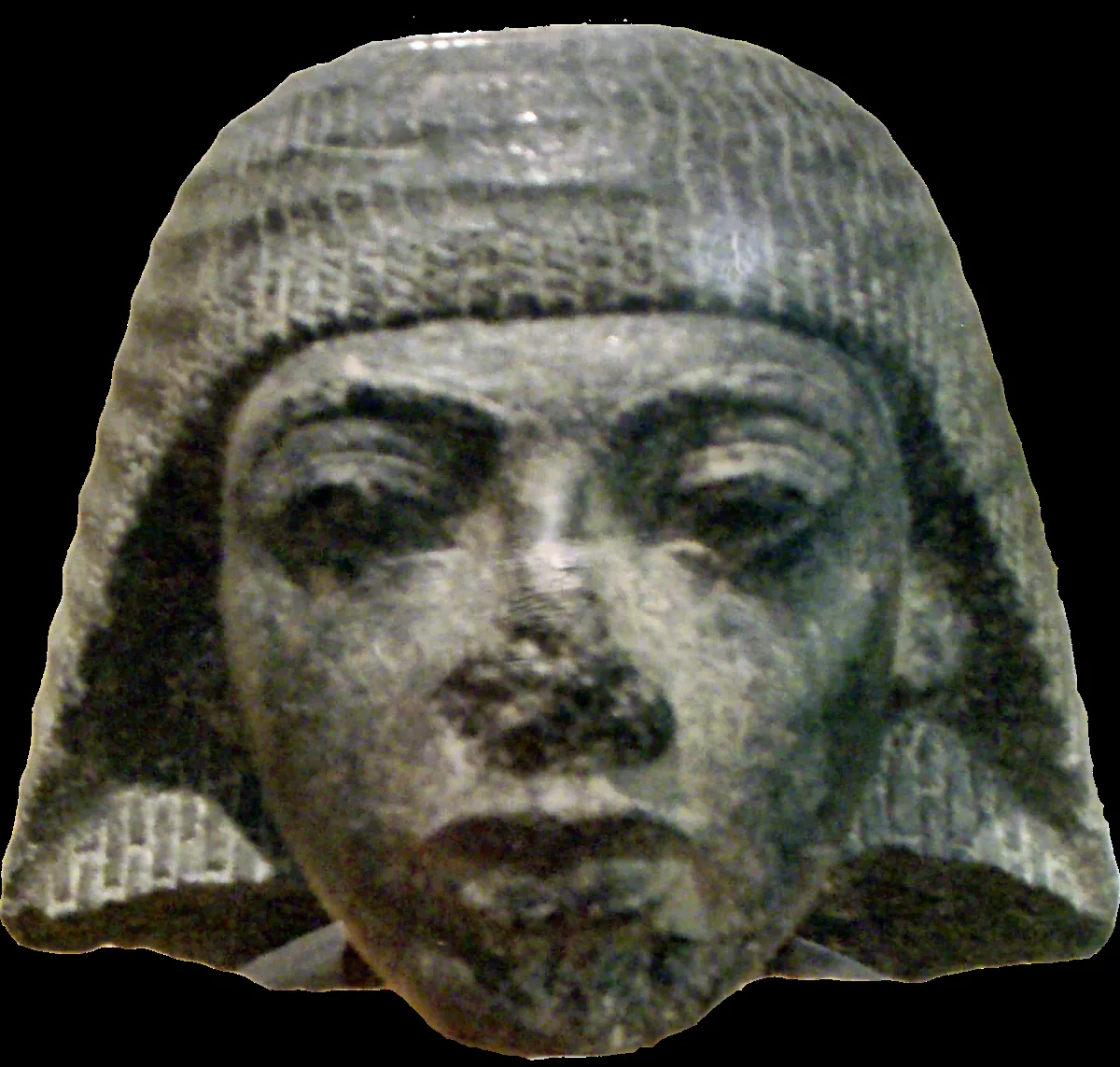 1.
1. Menpehtyre Ramesses I was the founding pharaoh of ancient Egypt's 19th Dynasty.

 1.
1. Menpehtyre Ramesses I was the founding pharaoh of ancient Egypt's 19th Dynasty.
Originally called Pa-ra-mes-su, Ramesses I was of non-royal birth, being born into a noble military family from the Nile Delta region, perhaps near the former Hyksos capital of Avaris.
Ramesses I was a son of a troop commander called Seti.
Ramesses I's uncle Khaemwaset, an army officer, married Tamwadjesy, the matron of Tutankhamun's Harem of Amun, who was a relative of Huy, the viceroy of Kush, an important state post.
Ramesses I found favor with Horemheb, the last pharaoh of the tumultuous Eighteenth Dynasty, who appointed the former as his vizier.
Since Horemheb had no surviving children, he ultimately chose Ramesses to be his heir in the final years of his reign presumably because Ramesses I was both an able administrator and had a son and a grandson to succeed him and thus avoid any succession difficulties.
Already an old man when he was crowned, Ramesses I appointed his son, the later pharaoh Seti I, to serve as the Crown Prince and chosen successor.
Ramesses I appears to have taken charge of domestic matters: most memorably, he completed the second pylon at Karnak Temple, begun under Horemheb.
Ramesses I reigned briefly, as evidenced by the lack of contemporary monuments mentioning him: the king had little time to build any major buildings in his reign and was hurriedly buried in a small and hastily finished tomb.
Ramesses I's tomb, discovered by Giovanni Belzoni in 1817 and designated KV16, is small in size and gives the impression of having been completed with haste.
Joyce Tyldesley states that Ramesses I's tomb consisted of a single corridor and one unfinished room whose walls, after a hurried coat of plaster, were painted to show the king with his gods, with Osiris allowed a prominent position.
The mummy's identity cannot be conclusively determined, but is most likely to be that of Ramesses I based on CT scans, X-rays, skull measurements and radio-carbon dating tests by researchers at Emory University, as well as aesthetic interpretations of family resemblance.